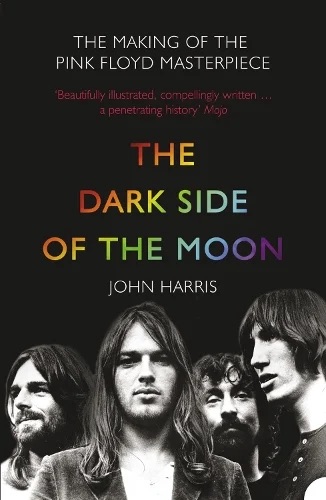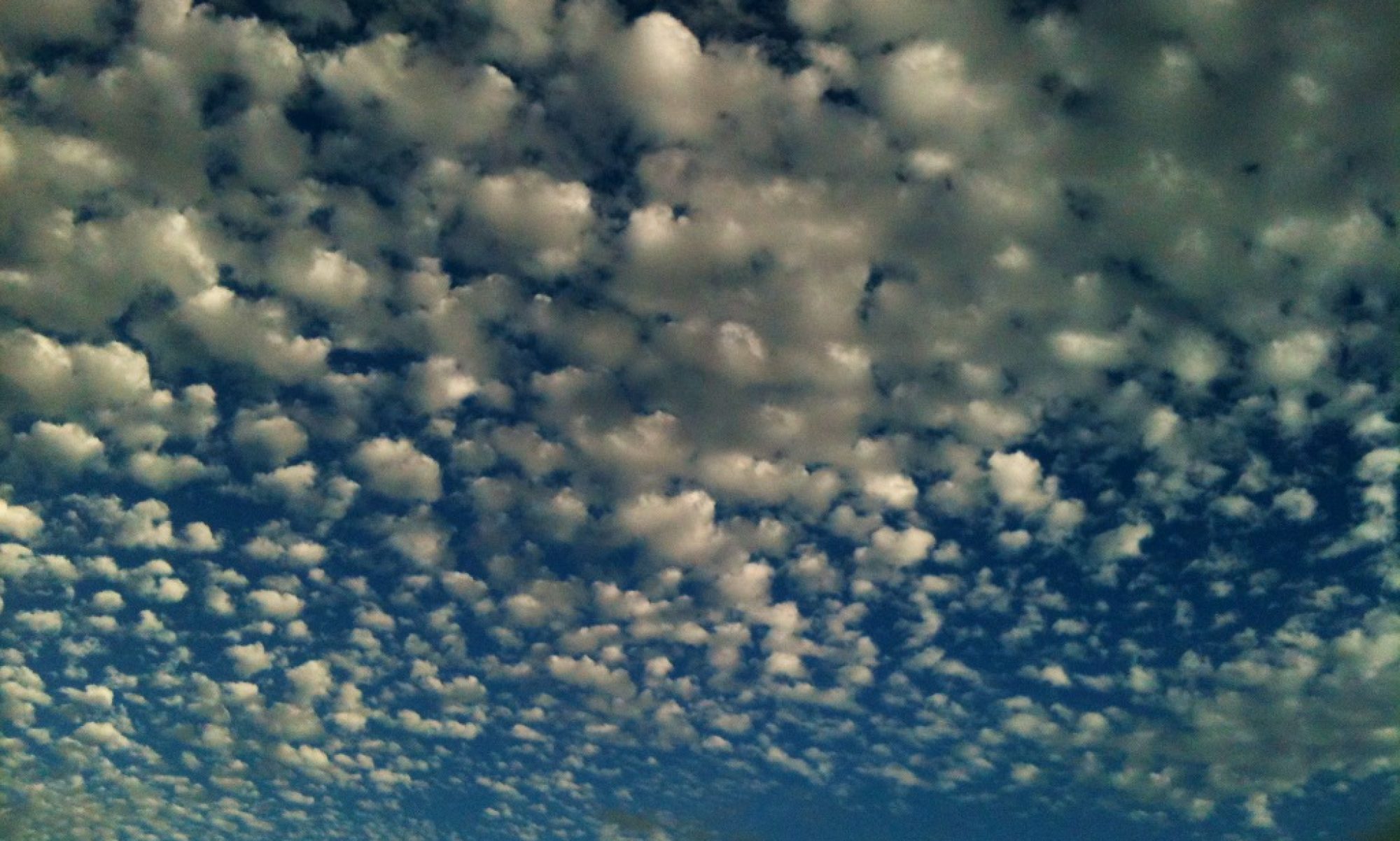
NB – I don’t know when I read this, or wrote what follows. But these are notes I made on this book, many (dark sided) moons ago…
10 – JH says that RW, like DG, ‘is destined to toil in the slipstream of the music he created in the 1970s.’ This puts me in mind a little of something Grayson Perry said in his a Reith lectures, re shock of the new, originality, etc. Perhaps find that quote, and work it in re theme of ‘slipstream’?
11 – DG on success of DSOTM: ‘you hit that strange impasse where you’re really not certain of anything any more. It’s so fantastic, but at the same time, you start thinking, “what on earth do we do now?”‘
21 – ‘the thrilling sense of possibility’ in light of success of Beatles & Stones (& ‘thawing of social strictures’ etc, on p. 22).
22 – ‘a slow-building cultural upsurge’ ‘new emphasis on the freeing of the individual’ etc., ‘multi-coloured hedonism’ & so on. ‘The aim of the alternative culture was … to break down barriers…’ Richard Neville (Ed. Of Oz).
23 – RN ‘There was something incredibly oppressed about the mass of grey people… With a bit of sexuality and exciting music and flowers … somehow the direction of society could be altered.’
25 – NM re flower-power era: ‘I never really thought it was a good way of designing one’s future.’
31 – interesting stuff re R D Laing & his Politics Of Experience, etc., re schizophrenia as ‘rational desire to opt out of impossible circumstances.’
32 – ‘underlying all this [Laing] was the belief that society so squashed individual potential that mental dislocation was inevitable.’ Laing: ‘The ordinary person is a shrivelled desiccated fragment of what a person can be.’ PJ ‘Is the madman speaking truth?’
55 – pink Floyd in 1969: ‘in fairness, there was a lot of such poorly realised, loose-ended stuff around in 1969. It was also the year that John Lennon and Yoko and they released the unlistenable life with the lions and wedding album… albums that sought, in their own ill-advised way, to test both their audiences expectations and the limits of musical orthodoxy.’ ‘Even their most quixotic music tended to be received with the generosity of spirit and different times would probably have denied them.’
[try and find Aaron Copland quote about skilled listening: where did I see that? Think I saw it on a Mosaic records email]
Musical roots for pieces from Dark side of the Moon go back as far as Zabriskie Point soundtrack e.g. Rick Wright’s ‘violent sequence’ music, which later formed the basis of ‘us and them’
60 – ‘I’m caught up in the whole pop business machinery’ RW
85-6 – Brit tour ‘commenced on 20 January 1972’ … ‘shows were often accorded the quiet respect that greets classical recitals.’ ‘The human bedrock of all this were crowds of music obsessed young men… atmosphere of hushed reverence.’
87 – re 1st dates: ‘A number of accounts … [inc. Nick Mason’s autobiog Inside Out ] … 17 February… [but actually] 20 January in Brighton.’ This 1st unveiling foundered on tech difficulties, so DSOTM ‘suite’ was 1st premiered the next night (‘along the coast in Portsmouth’).
88 – There’s a bootleg recording of the Brighton gig, and Harris dissects it, in relation to the final recording. V interesting! Clearly an evolving work in progress: ‘a great deal of what we now know as TDSOTM was in place, but it was still some distance from full realisation.’
One interesting reflection on all this is that Floyd were publicly developing their art: although they had a massive (9 ton!) lighting rig and a massive quadrophonic PA, the heart of the enterprise, the music itself, was work in progress. It all depends on what bands and audiences want: sometimes both can enjoy the excitement of risk and new territory being explored and annexed; at others both band and audience are reassured by familiarity, certainty and mastery. Either way, it can be interesting to contrast the edgier artsier approach with the more ‘showbiz’ idea of an exact and polished performance
